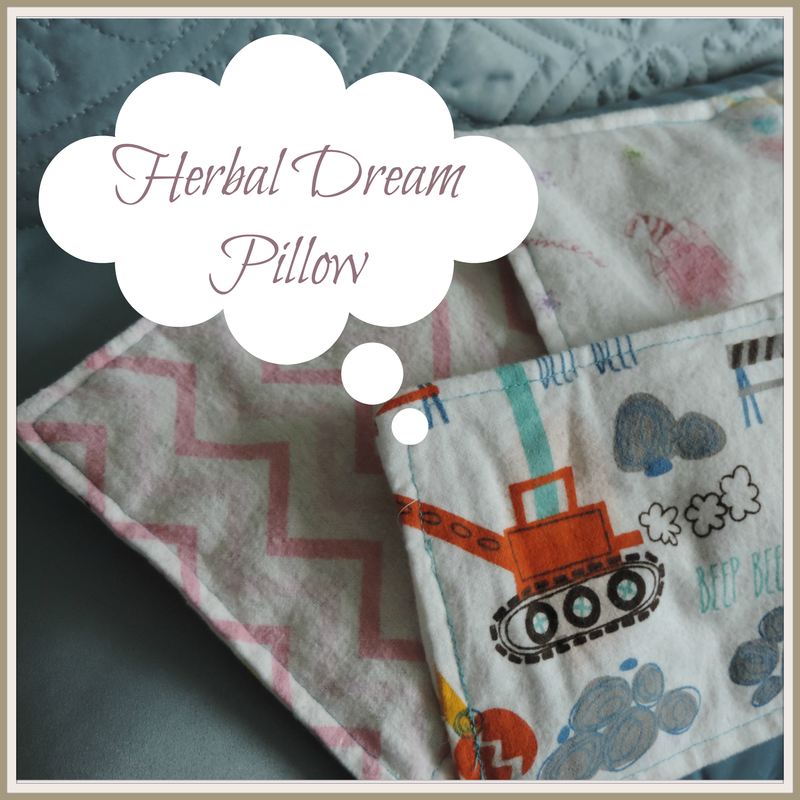Chamaemelum nobile (Roman Chamomile - perennial)
Family: Asteraceae/Compositae - Ragweed Family
There are two main types of chamomile, although there are many species, the most commonly used is German Chamomile which is true chamomile and has the signature, sweet, apple-like flavor. It is a self seeding annual unlike its cousin, Roman chamomile, which is a perennial and known also as garden chamomile, it has larger blossoms and a more bitter flavor. True chamomile (German) has mild, gentle and soothing properties while the garden chamomile (Roman) does not so it should not be used as freely.
Herbal Actions and Properties
- antibacterial
- anticatarrh
- anti-inflammatory
- antiseptic
- antispasmodic
- astringent
- carminative
- cholagogue
- febrifuge
- nervine
- vulnerary
The Children's Herb
- colic
- tummy problems
- calming and soothing
- teething
- sleeplessness
- stress/anxiety
- irritable/cranky/restless
- fever
- use in all personal care preparations for baby (powder, creams, oils, etc. - see Herbal Baby Balm) gentle and soothing for sensitive skin while leaving a pleasant aroma
Beauty & Personal Care
- mild cleanser and deodorizer
- heals and repairs skin tissue both externally and internally
- softens skin (soak roughened areas in the tea, use in salves and creams)
- tightens and tones skin
- good addition to toners and facial cleansing grains to help remove blackheads and keep skin soft and clean
- puffy/dark circles under eyes (apply cool tea bags right over eyes or use a compress)
- perfume or deodorant
- add powdered herb to Redmond Clay for a natural body powder to deodorize feet, under arms and other areas.
- softens and strengthens hair while also working as a mild hair lightener
Medicinal Uses
- relieves tension, stress and anxiety
- helps the body and mind to calm down, resulting in a more restful sleep
- headaches
- immune support to aid the body in fighting infection and getting rid of bacteria and viruses
- fever, flu, cold, sore throat, cough, etc.
- strengthens and supports the nervous system
- soothes gastrointestinal tract and mucous membranes
- mild pain reliever
- cramps, muscles spasms, sore muscles
- arthritis and other inflammatory conditions
- digestive support
- ulcers
- soothes and strengthens kidney, liver, and bladder
- treats both internal and external infection
- strengthens and tones the womb, helping to ease PMS symptoms and menstrual cramps
- wounds, burns and infections
- itchy, irritated skin, rashes, and general skin tissue repair
- eyes - strain, irritation, infection, conjunctivitis, etc (use as an eye wash or tea bags over eyes)
Methods of Use
- Herbal tea; blend with lemon balm and rose petals for the nervous system
- Use a weak tea for babies under 2 (1/2 teaspoon per one cup of water)
- Compress/fomentation
- Herbal bath or foot soak
- Herbal oil, salve, balm, cream, etc.
- Tincture/glycerite
- Herbal honey
- Herbal capsules/powder/sprinkle
- Sleep pillow/herbal sachet
- Eye compress (use tea bags or cloth soaked in tea)
- Douche and enema
In the Garden
- Sow seeds directly in the garden in early spring, keep moist until germinated. If you already have chamomile in your garden it will easily self seed and come spring you will have little sprouts all over. Thin to about 10 inches apart.
- Because the seeds are so light and tiny you can mix them with sand first and then sprinkle around your area of choice.
- Prefers dry, well drained soil
- Chamomile likes partial shade and tends to shrivel in full sun.
- Provide light to moderate amounts of water.
- Harvest when flowers are fully open and fragrant. You can snip the blossoms off with scissors but I prefer to run my fingers up the stems and pop off the tops right into a basket.
- Chamomile makes a great companion to all other plants (except potatoes) as it tends to keep them healthy and disease free.
- Leave some blossoms on the plant in the fall if you would like them to self sow.
| | | |
Recipes
Resources
23 Ways to Use Chamomile by Herbal Academy
Chamomile Benefits by Dr. Axe






























